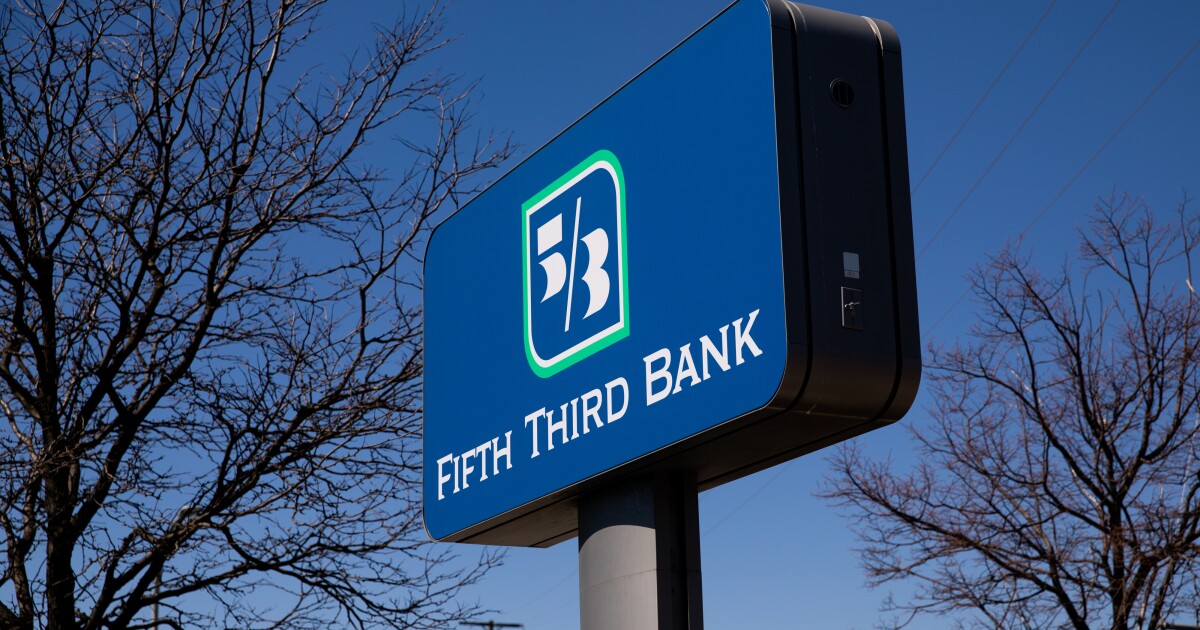Disasters can strike at any time, often without warning, and small businesses are particularly vulnerable to the devastating effects of extreme weather events, infrastructure failures, cyberattacks, and other emergencies.
Federal funding in the form of disaster loans is available to help SMBs deal with the aftermath of an emergency. But preparing for these potential disruptions is crucial for ensuring the long-term viability of your business: A well-thought-out disaster recovery plan can mean the difference between a temporary setback and permanent closure.
In this article:
What is a Disaster Recovery Plan?
A disaster recovery plan (DRP) is a strategic approach that outlines the procedures a business should follow to protect and recover its operations in a disaster.
For small businesses, having a DRP is essential because it helps minimize downtime, reduce financial losses, and ensure the safety of employees and customers. Essentially, a DRP is a comprehensive guide that prepares a business for any type of emergency, detailing how to respond, recover, and continue operations.
Key Elements of a Disaster Recovery Plan for Small Businesses
- Risk Assessment: Identify potential risks and vulnerabilities that could impact your business. For example, flooding from a nearby river or power outages caused by extreme weather.
- Business Impact Analysis: Determine how different types of disasters could affect your business operations and finances. For example, logistic and supply chain issues caused by a bridge collapse or physical damage to your business premises caused by a tornado.
- Recovery Strategies: Develop strategies for data recovery, communication, and operational continuity, such as implementing redundant power systems to maintain essential operations during an earthquake-induced power outage.
- Emergency Response Plan: Outline immediate actions to take in a disaster to ensure safety and minimize damage. For example, you may keep in a binder a list of local shelters and evacuation routes.
- Communication Plan: Establish clear communication channels and protocols for informing employees, customers, and stakeholders.
- Backup and Data Protection: Ensure regular backups of critical data and secure storage solutions.
- Training and Testing: Conduct regular training for employees and test the plan to ensure effectiveness and troubleshoot rough spots in your plan.
- Review and Update: Regularly review and update the plan to address new risks and changes in the business.
How to Create a Recovery Plan for Your Business
If you don’t have a recovery plan in place for your business, here’s how to start:
Step 1 – Conduct a Risk Assessment
Begin by identifying all potential risks that could disrupt your business. This includes natural disasters like floods, hurricanes, and earthquakes, as well as human-made events such as cyberattacks, power outages, and supply chain disruptions. Assess the likelihood and potential impact of each risk. This step is crucial as it informs the rest of your disaster recovery planning.
Cost and Time: This step typically involves minimal cost but can take several days to weeks depending on the complexity of your business. Plan to revisit and update this assessment annually or whenever there are significant changes to your business operations.
Step 2 – Perform a Business Impact Analysis (BIA)
A BIA helps you understand the potential effects of various disasters on your business operations and finances. Identify critical business functions and processes and evaluate how long your business can survive without them. Determine the maximum allowable downtime for each function.
Cost and Time: Conducting a BIA might involve some consultancy fees if external experts are hired. It takes a few weeks and should be updated annually.
Step 3 – Develop Recovery Strategies
Create detailed strategies for how your business will recover and continue operations after a disaster. This includes data recovery plans, alternative work locations, and methods for maintaining communication with employees, customers, and suppliers.
Cost and Time: Costs can vary depending on the complexity of the strategies and any investments in backup locations or systems. This step can take several weeks to develop and should be reviewed periodically.
Step 4 – Establish an Emergency Response Plan
Your emergency response plan should include immediate actions to ensure the safety of employees and minimize damage. This plan should detail evacuation procedures, emergency contacts, and roles and responsibilities during an emergency.
Cost and Time: Typically involves minimal costs but requires regular training sessions. Develop this plan over a few weeks and review it quarterly.
Step 5 – Implement a Communication Plan
Develop clear communication protocols to ensure timely and accurate information dissemination during and after a disaster. This plan should cover internal communications with staff and external communications with customers and stakeholders.
Cost and Time: Minimal costs if using existing communication tools. This step can be completed in a few weeks and should be tested regularly.
Step 6 – Secure Backup and Data Protection
Ensure that all critical business data is regularly backed up and stored securely, preferably off-site or in the cloud. Implement robust data protection measures to safeguard against cyber threats.
Cost and Time: Costs will depend on the chosen backup solutions and data storage needs. Setting up these systems can take a few weeks and should be monitored and updated continuously.
Step 7 – Train and Test
Regularly train your employees on the disaster recovery plan and conduct drills to test its effectiveness. Adjust based on the outcomes of these tests.
Cost and Time: Training and drills can incur minimal costs but are ongoing efforts that should be part of your regular business operations.
Step 8 – Review and Update
Disaster recovery plans should be living documents. Regularly review and update your plan to incorporate new risks, changes in business operations, and feedback from training and testing exercises.
Cost and Time: Ongoing updates are essential and should be incorporated into your annual business review processes.
What to Do if Disaster Strikes
When a disaster occurs, executing your disaster recovery plan efficiently and effectively is crucial. Here’s a step-by-step guide:
Activate Your Emergency Response Plan
Ensure the immediate safety of employees and customers. This involves following the established protocols outlined in your disaster recovery plan. Quickly initiate evacuation procedures if necessary and ensure that all employees and customers are accounted for and moved to designated safe areas. Communicate clearly and calmly with everyone to provide instructions and updates. Ensure that emergency contacts are notified, and local emergency services are engaged if required. Immediate actions might include shutting down equipment, securing sensitive information, and providing first aid. The primary goal is to protect lives and minimize harm, which sets the stage for an organized and efficient recovery process once the immediate danger has passed.
Communicate
Use your established communication plan to inform all stakeholders about the situation and next steps. Begin by contacting key personnel and emergency contacts to coordinate your response efforts. Send timely updates to employees, providing them with clear instructions on safety measures, work arrangements, and what to expect next. Inform customers about any disruptions to services and reassure them that you are addressing the situation. Utilize multiple communication channels, such as email, text messages, social media, and your company website, to reach a broader audience efficiently. Additionally, update suppliers and partners about any changes in operations to manage their expectations and maintain supply chain continuity.
Assess the Damage
Quickly assess the extent of the damage to your business and its operations. This assessment should include physical damage to property, loss of inventory, impact on data and IT systems, and any disruptions to business processes. A thorough assessment will help you understand the full scope of the disaster’s impact and determine the immediate actions needed for recovery. During this phase, it’s also essential to document all damage for insurance claims and potential financial assistance applications.
After assessing the damage, explore financing options to support your recovery efforts. This can include insurance claims, SBA disaster loans, and emergency lines of credit. Biz2Credit offers various financing solutions tailored to small businesses facing unexpected disruptions, providing the necessary capital to repair damages, replace inventory, and restore operations swiftly.
Initiate Recovery Strategies
Begin implementing your recovery strategies to resume critical operations. Start by prioritizing the most critical functions that need immediate attention to get your business up and running again. This may include restoring IT systems and data from backups, repairing physical damage to facilities, and replenishing essential inventory. Mobilize your recovery team and allocate tasks based on the predefined roles and responsibilities outlined in your disaster recovery plan. Collaborate with external partners and vendors to expedite the restoration process. Continuously monitor the progress of recovery efforts and make necessary adjustments to address any unforeseen challenges. The goal is to restore normal operations as quickly and efficiently as possible, minimizing downtime and financial losses.
Conclusion
Having a robust disaster recovery plan is essential for ensuring the resilience and continuity of your small business in the face of unexpected disruptions. By preparing in advance, you can mitigate the impact of disasters and ensure a swift recovery. For additional financial support and resources, consider partnering with Biz2Credit to help secure the funding needed to protect and grow your business.
Learn about the Biz2Credit financing process
Publisher: Source link











